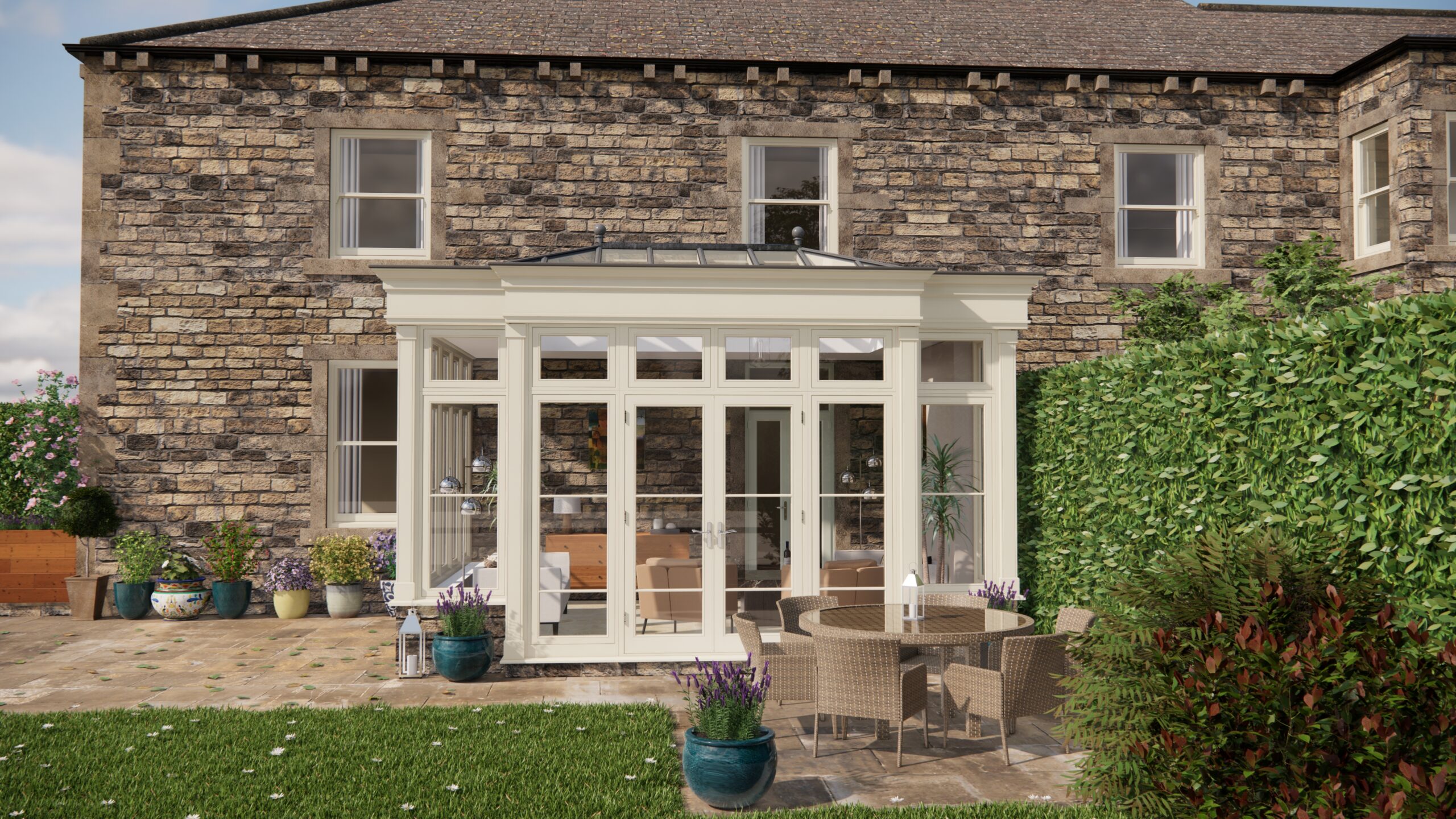Right, so you’re thinking of adding an orangery to your listed building, are you? It’s a fantastic idea – imagine all that light flooding in, and a seamless connection between your house and garden. But before you get carried away with visions of lemon trees and afternoon tea, there’s a little matter of listed building consent to navigate. I was just chewing the fat with my mate Dominic about this very thing the other day. He’s been through the mill with his own listed property, so I thought I’d share some of our conversation, hopefully saving you some potential headaches down the line.
“Dominic,” I started, pouring us both a cuppa, “lay it on me. What’s the biggest hurdle when dealing with listed building consent for outbuildings like orangeries?”
He didn’t hesitate. “Without a doubt, understanding the spirit of the listing. It’s not just about blindly following rules, it’s about understanding why the building is listed in the first place. What’s so special about it that warrants protection?”
He went on to explain that every listed building has a ‘statement of significance’. This outlines the architectural and historical importance of the property. It’s crucial to get your hands on this document – usually from your local planning authority – and really digest it. It’ll give you a solid understanding of what elements are considered most important and therefore, most likely to be protected.
“So, reading between the lines,” I interjected, “it’s about demonstrating that your proposed orangery enhances or at least doesn’t detract from that significance?”
“Exactly!” Dominic exclaimed. “Think sympathetic design. Consider the age and style of your property. A sleek, modern glass box slapped onto a Tudor manor house? Unlikely to fly. You need to be thinking about materials, proportions, and even the orientation of the new structure.”
We then delved into the nitty-gritty of materials. Dominic stressed the importance of using traditional techniques and materials wherever possible. Lime mortar is almost always a must, as it allows the building to breathe and move naturally, preventing damp issues further down the line. Matching the existing brickwork is also paramount. This might involve a bit of detective work – sourcing bricks from reclamation yards or even having them specially made. It’s all about blending seamlessly.
Dominic had a particularly interesting story about his roof. He initially wanted to use modern slate, but the conservation officer insisted on Welsh slate to match the original roof. This involved a fair bit of extra expense and sourcing, but he admitted in the end it was worth it. The attention to detail made all the difference in getting the project approved.
“Okay, so sourcing materials is key,” I said, scribbling down notes. “But what about the actual planning application process? Any tips there?”
“Be prepared for a long game,” Dominic warned. “The key is communication. Engage with the conservation officer early in the process. Don’t wait until you’ve got detailed plans drawn up before having a conversation. Talk through your ideas, get their feedback, and be prepared to compromise. Remember, they’re not trying to be difficult; they’re just trying to protect the heritage of the building.”
He also emphasized the importance of using experienced professionals – architects, builders, and even surveyors – who have a proven track record of working with listed buildings. Their expertise can be invaluable in navigating the complexities of the regulations and ensuring that the project is completed to the required standards.
“And finally,” Dominic added with a wry smile, “be prepared to be patient. Listed building consent can take time, and there may be unforeseen delays along the way. But don’t get discouraged. With careful planning, sympathetic design, and a healthy dose of perseverance, you can achieve your orangery dream without compromising the integrity of your listed building.”
So, there you have it. Building an orangery on a listed property is certainly a challenge, but it’s not an insurmountable one. Start by understanding the significance of your building, engage with the conservation officer early and often, use traditional materials and techniques, and employ experienced professionals. By approaching the project with sensitivity and respect for the building’s heritage, you’ll significantly increase your chances of getting that all-important listed building consent.


